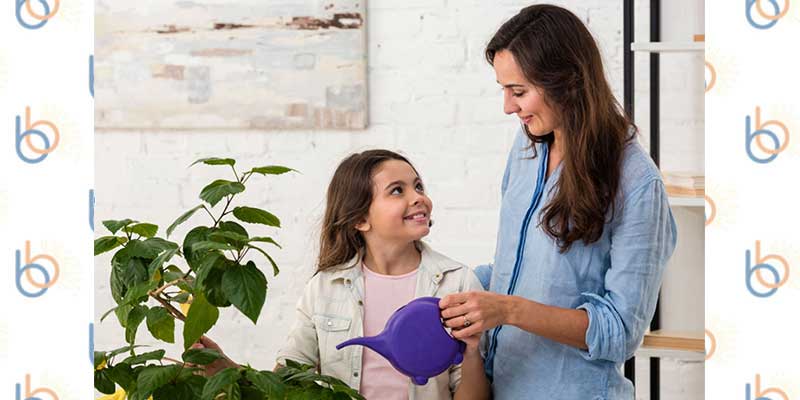Family Fun
My First Planter Box

Photo Credit - www.freepik.com
Whether you call them a planter box, window box, or raised garden bed, these small, self-contained patches of earth are perfect for a younger gardener to develop their green thumb. A planter’s box can be an ideal tool to teach basic life science, responsibility, and an appreciation for nature. When designing your planter’s box, here are some of our recommendations.
What should I plant?
Choose plants that will grow strong without crowding one another. Mint and chives are excellent indoor herbs, as are bay laurel and thyme. Other plants ideal for indoor gardening include Chinese money plants, jade plants, echeveria, and peperomia. Looking for a splash of color? Anthurium, kalanchoe, oxalis, polka dot plants, and peace lilies all have visual appeal.
Variety!
Plan out your box with a variety of different plants, just try to match their moisture and sunlight needs. Place your sun-loving plants near a window and your shade-loving plants in an interior room. Tending different plants at once can be a challenge, but gives valuable experience in less time, plus puts your design skills to the test.
Take notes
Plants are living creatures, and no two are totally alike. With the convenience of a planter’s box, a young gardener can observe their charges all at once, make notes on their progress, and test the effects of a new method all at once. How much water is too much or too little? Do my plants prefer direct sunlight all the time or a rotation around the house? Which prefer fertilizer or compost over dirt? Learning which plants thrive under different conditions gives your young gardener a baseline for growing their skills and comfort to tackle more difficult plants in the future!
Do you feel inspired to being your own indoor gardening journey? Show us the plants you’ve been nuturing on social media at www.facebook.com/bestbrainsinc


